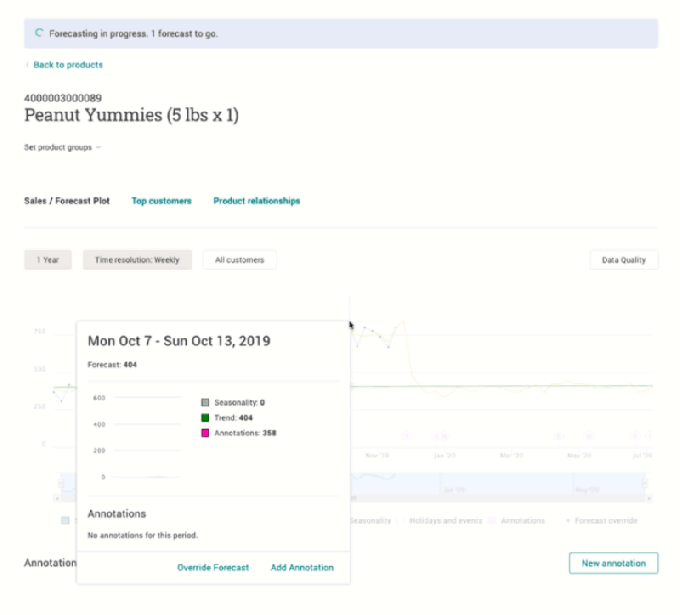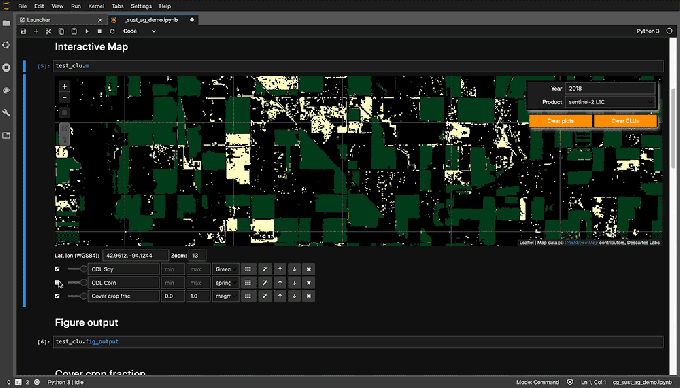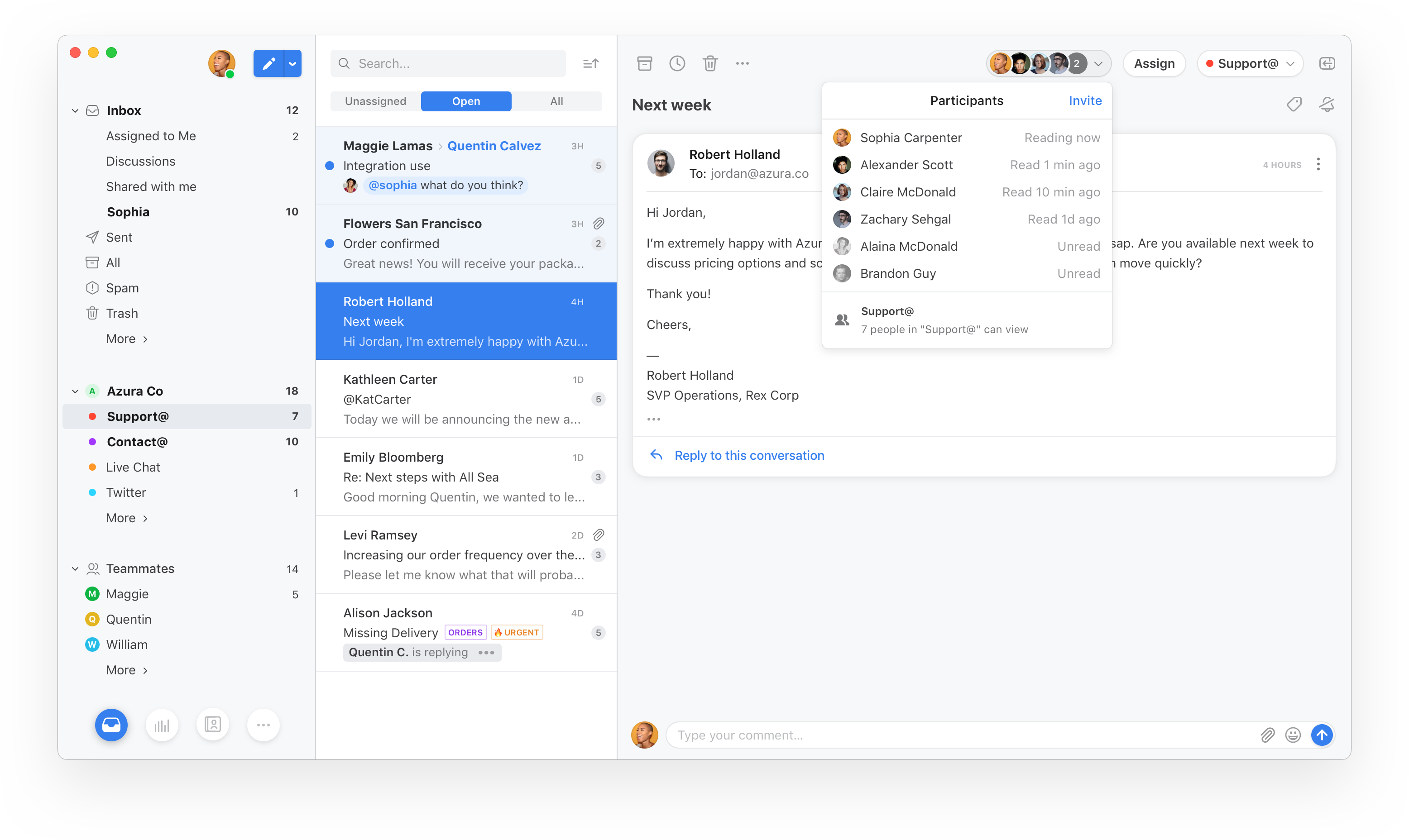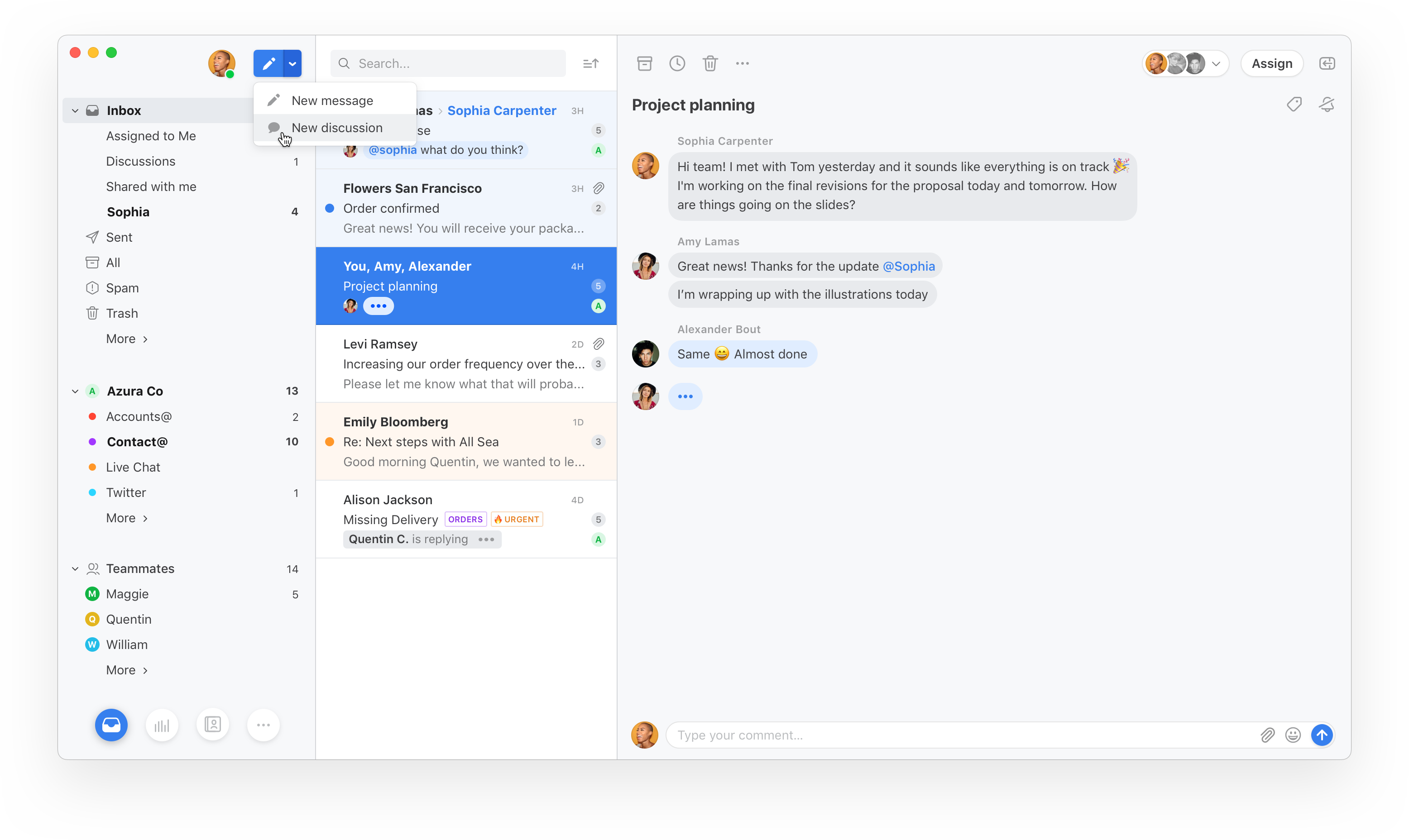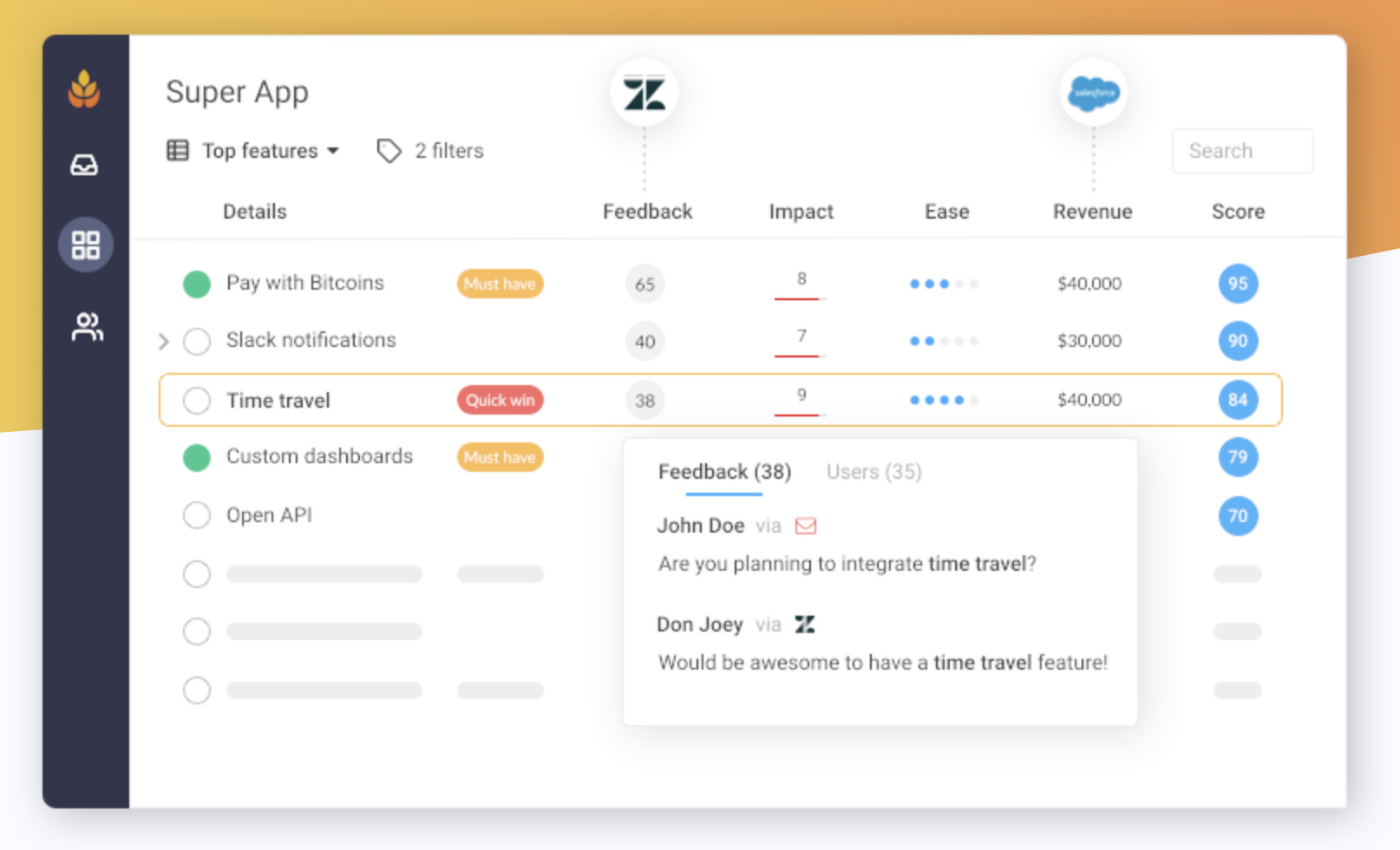In latest JEDI contract drama, AWS files motion to stop work on project
When the Department of Defense finally made a decision in October on the decade-long, $10 billion JEDI cloud contract, it seemed that Microsoft had won. But nothing has been simple about this deal from the earliest days, so it shouldn’t come as a surprise that last night Amazon filed a motion to stop work on the project until the court decides on its protest of the DoD’s decision.
The company announced on November 22nd that it had filed suit in the U.S. Court of Federal Claims protesting the DoD’s decision to select Microsoft. Last night’s motion is an extension of that move to put the project on hold until the court decides on the merits of the case.
Sources tell us that AWS decided not protest the start of initial JEDI activities at the time of the court filing in November as an accommodation made at DoD’s request. DoD declined to comment on that.
As for why they are doing it now, an Amazon spokesperson had this to say in a statement last night: “It is common practice to stay contract performance while a protest is pending and it’s important that the numerous evaluation errors and blatant political interference that impacted the JEDI award decision be reviewed. AWS is absolutely committed to supporting the DoD’s modernization efforts and to an expeditious legal process that resolves this matter as quickly as possible.”
As we previously reported, the statement echoes sentiments AWS CEO Andy Jassy made at a press event during AWS re:Invent in December:
“I would say is that it’s fairly obvious that we feel pretty strongly that it was not adjudicated fairly,” he said. He added, “I think that we ended up with a situation where there was political interference. When you have a sitting president, who has shared openly his disdain for a company, and the leader of that company, it makes it really difficult for government agencies, including the DoD, to make objective decisions without fear of reprisal.”
This is just the latest turn in a contract procurement process for the ages. It will now be up to the court to decide if the project should stop or not, and beyond that if the decision process was carried out fairly.
![]()

